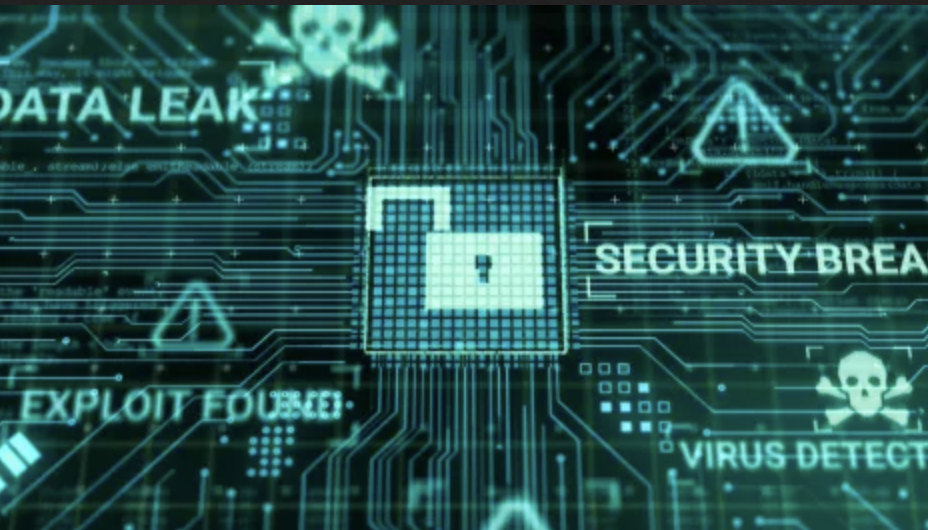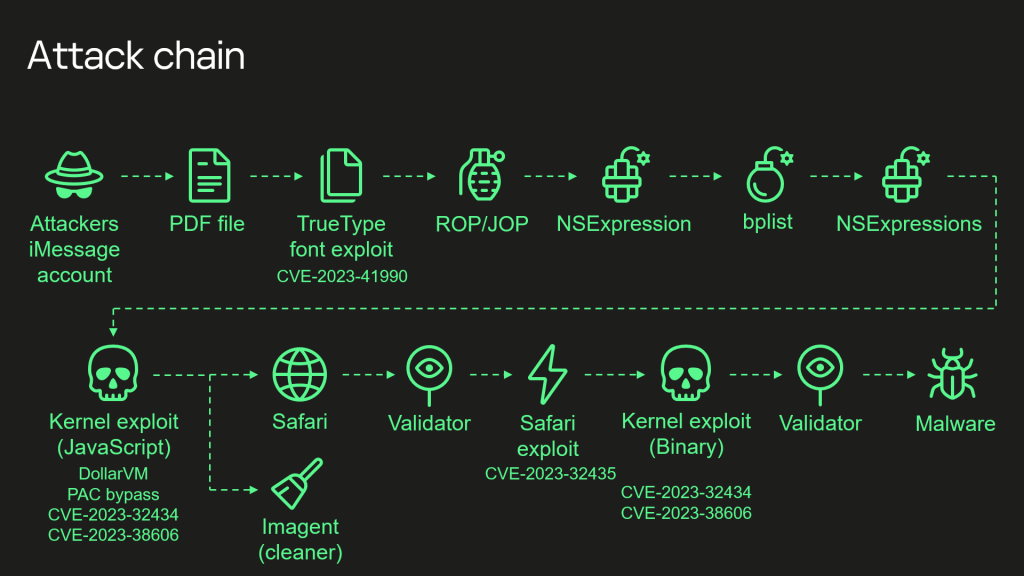A Lockbit ransomware attack against the German hospital network Katholische Hospitalvereinigung Ostwestfalen (KHO) caused service disruptions at three hospitals.
German hospital network Katholische Hospitalvereinigung Ostwestfalen (KHO) announced it has suffered service disruptions at three hospitals (Bielefeld, Rheda-Wiedenbrück, and Herford) after aLockbit ransomware attack. The security incident could have a serious impact on the local population due to the interruption of the medical emergencies.
The ransomware gang hit the KHO on Christmas Eve and gained access to specifically encrypted data, the organization revealed in a statement published on its website.
KHO shut down the impacted systems to prevent the threat from spreading.
“Unknown persons gained access to the hospitals’ IT infrastructure systems and specifically encrypted data. An initial check showed that it was probably a cyber attack by Lockbit 3.0, the timeline for which cannot yet be predicted. For security reasons, as soon as it became known, all systems were shut down that night and all necessary people and institutions were informed. No information can be given at this time about the extent of the damage or any claims or conditions.” reads the statement published by the organizations.
“We set up a crisis team that night and began analyzing the situation. Access to all systems was immediately blocked. Thanks to our security systems, patient data is still available for patient treatment,” says Dr. Jan Schlenker, Managing Director of KHO gGmbH.
“The responsible authorities have been informed and the internal and external IT security specialists are working hard to clarify the matter and secure all data. “Our security work is in full swing. Patient care is still guaranteed and the clinic continues to operate with slight technical restrictions, but we have withdrawn from emergency care for safety reasons,” said deputy managing director Philipp Herzog.
The organization said that the medical treatments for its patients were not impacted.
Lockbit ransomware gang has yet to add KHO to the list of victims on its Tor leak site
LockBit is a sophisticated ransomware-as-a-service (RaaS) operation known for its highly organized and targeted attacks on organizations worldwide. The LockBit ransomware gang operates similarly to other ransomware groups by infiltrating systems, encrypting files, and demanding a ransom for decryption keys.
Here are some characteristics and factors that contribute to the danger associated with LockBit:
- Ransomware-as-a-Service Model: LockBit operates as a RaaS, allowing cybercriminal affiliates to access their ransomware tools in exchange for a portion of the ransom payments. This model enables a wider reach for attacks and incentivizes more cybercriminals to participate.
- Advanced Encryption Techniques: LockBit employs advanced encryption algorithms to lock victims’ files, making data recovery without the decryption key extremely difficult. They often target critical data and networks, causing significant disruptions to businesses and organizations.
- Double Extortion Tactic: Similar to other prominent ransomware groups, LockBit practices a double extortion strategy. In addition to encrypting files, they exfiltrate sensitive data before encryption. If victims refuse to pay the ransom for decryption keys, LockBit threatens to release or sell the stolen data, potentially causing reputational damage or regulatory issues for the affected organizations.
- Targeting Large Organizations: LockBit typically targets large enterprises or organizations with substantial financial resources, as they are more likely to pay higher ransom amounts to regain access to their data swiftly.
- Evasion of Security Measures: LockBit uses various techniques to evade detection by security software, such as polymorphic malware and anti-analysis methods. This allows them to penetrate networks and systems without being immediately detected.
- Rapid Evolution and Updates: The LockBit group continuously updates its ransomware to enhance its capabilities and bypass security measures, making it challenging for cybersecurity professionals and antivirus software to keep up.
- Effective Negotiation Tactics: LockBit operators often engage in negotiations with victims, utilizing persuasive tactics to convince them to pay the ransom quickly.
Protecting against LockBit and similar ransomware threats involves implementing robust cybersecurity measures:
- Regularly update software and systems to patch vulnerabilities.
- Employ strong endpoint security solutions, firewalls, and intrusion detection systems.
- Implement a robust backup strategy to ensure data can be recovered without paying ransom.
- Educate employees about phishing and social engineering tactics used by ransomware attackers.
- Use multi-factor authentication and restrict unnecessary access to critical systems.
- Consider threat intelligence services to stay informed about emerging threats and vulnerabilities.
Despite preventive measures, it’s crucial for organizations to have an incident response plan in place to mitigate the impact in case of a successful ransomware attack. This includes regular data backups, a clear response protocol, and communication strategies with employees, customers, and stakeholders.




